
The art of counterattacking football: 3 key principles
Since the turn of the 21st century, football has veered towards two major philosophical approaches. The battle has primarily been between two key schools: possession and counterattacking football. The proponents of counter-attack swear by its efficacy and beauty, so much so that some teams have had their identities firmly rooted in this genre.
European powerhouse Real Madrid have had a reputation for being a counter attacking side. More recently, Jurgen Klopp’s Liverpool have effectively combined the art of counter pressing and counter attacking that have seen them reach great heights both in England and in Europe, culminating in the Merseyside outfit’s sixth UEFA Champions League triumph in 2019.
What is counterattack?
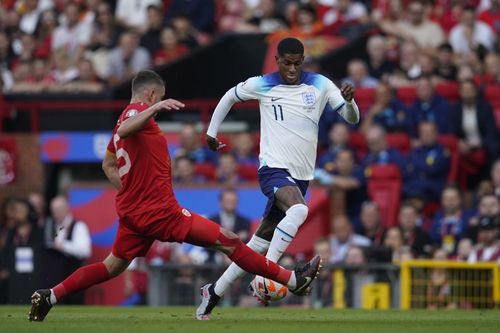
An effective counter attack is usually set into motion when a team wins possession of the ball from the opposition. Thus a counter attack opens during transitional play, when one team loses possession and the other looks to quickly occupy the spaces left behind.
Therefore, speed becomes an essential aspect of counter attacking football, but speed can only be useful when there's space left behind to exploit. Counter attacking football largely depends on speed and space, two key ingredients without which no effective counter attack can be generated.
Possession football attempts to counter this move with its philosophy of keeping the ball. The idea is to starve the opposition of the ball, which would inevitably lead to frustration and a high chance of making a mistake. When the opposition does not have the ball, it cannot pose a threat to the possession-oriented team.
Yet ironically, teams who play possession football are often the victims of counter attacks. That's because of a key philosophical difference between the two systems. While possession-based teams like to play the ball in short distances or the short pass, counter attacking teams like to keep their attacks brief.
The idea is to use long balls so that space can be penetrated and exploited quicker. Besides, counter attacking teams often employ pacy wingers who take full advantage of large balls played into their stride.
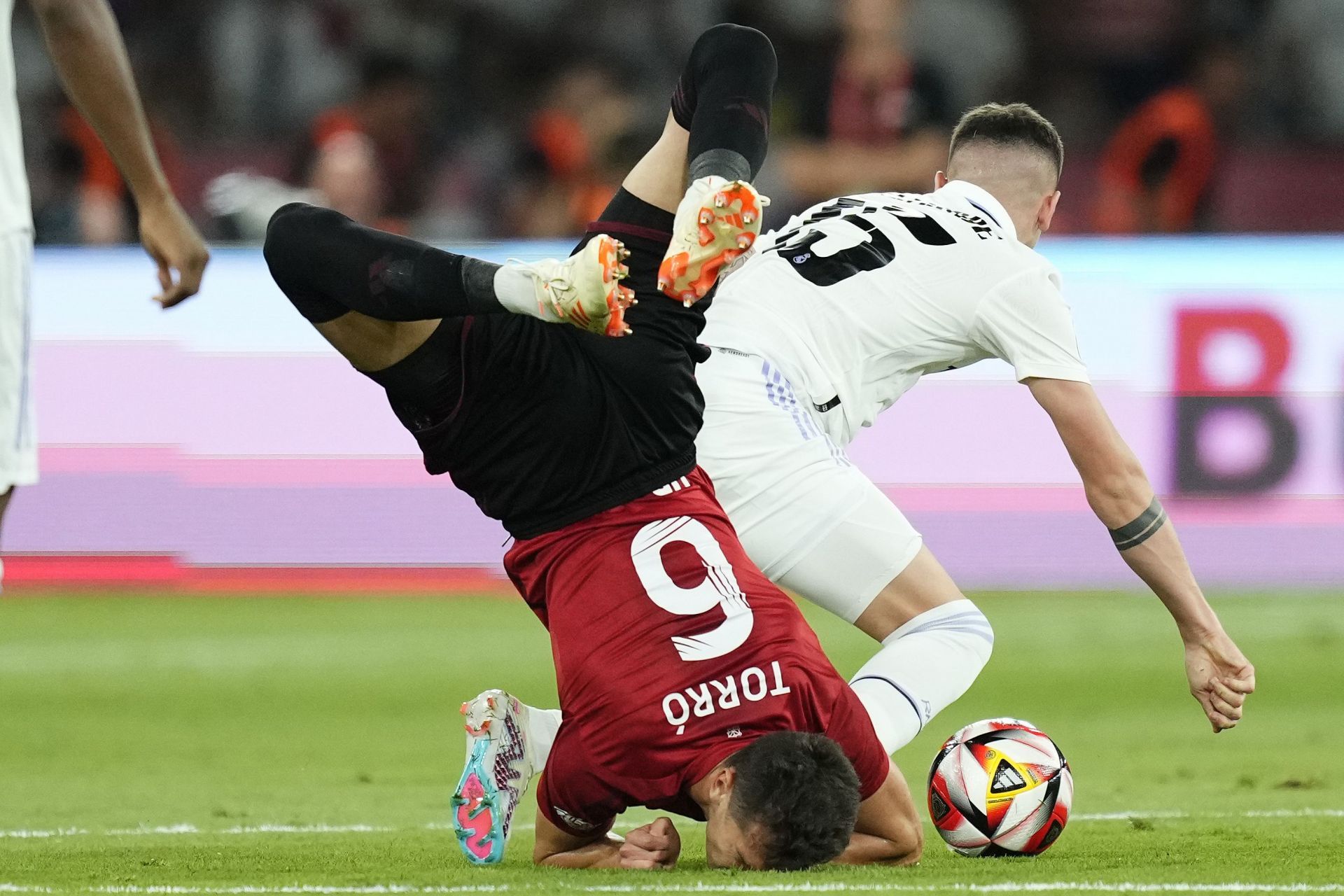
It's undeniable that counterattack depends on wingers for their efficacy and performance of the team. Players like Real Madrid’s Vinicius or PSG’s Kylian Mbappe have shown recently the devastating consequences of raw pace.
These players become especially dangerous in systems where counter attack becomes the main focus of the team’s tactics. Direct attack with speed in the empty spaces become their main target.
Let's analyse the following three main elements of counter attacking football and their interplay:
#1 Speed
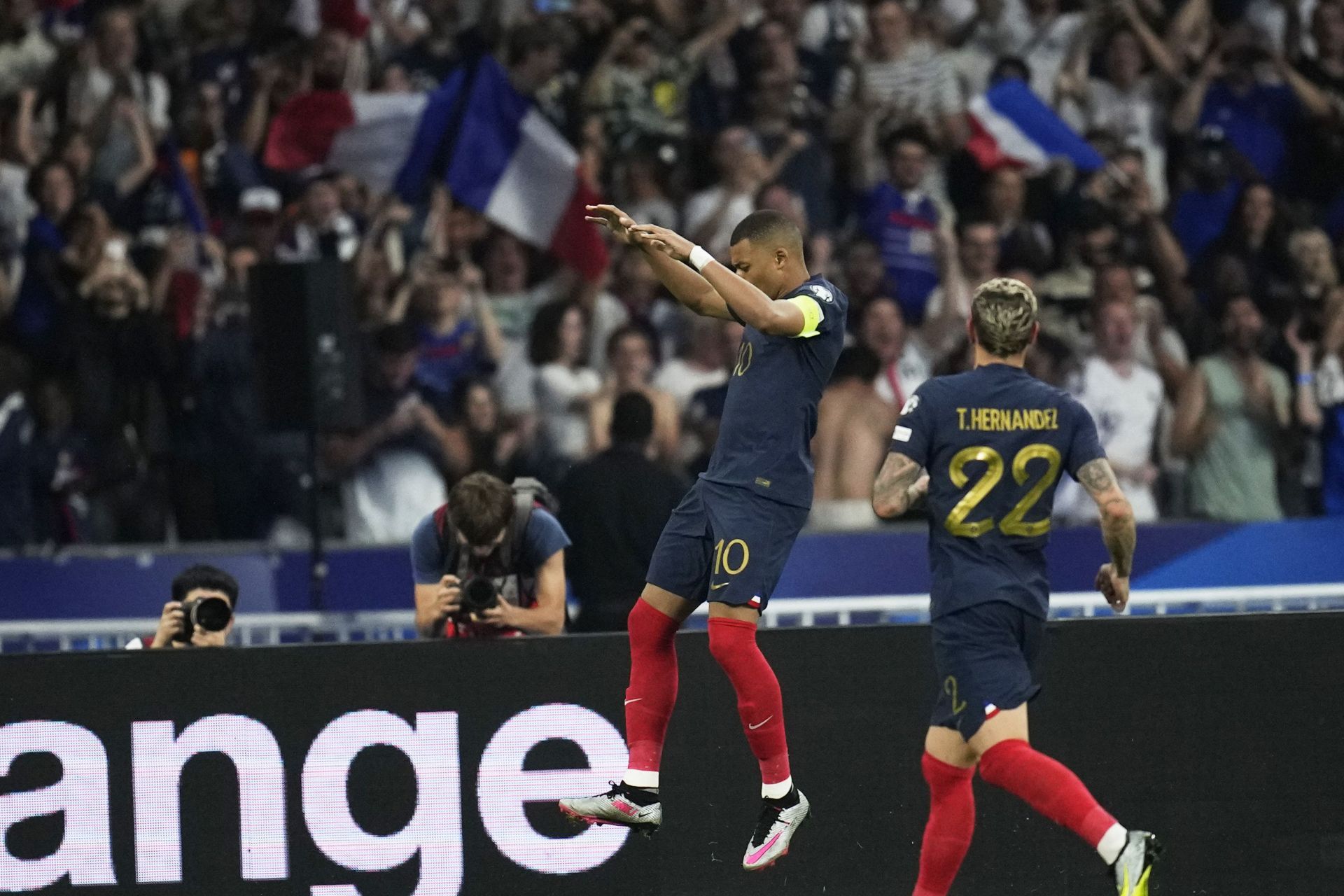
The use, or rather, abuse of speed is nothing new in football. During the early 2000s, French winger Thierry Henry used speed as one of his weapons to destabilize opposition defenders.
That was also helped by Henry’s gracefulness on the ball and his devastating finishing ability. In a paper in the National Library of Medicine titled “Influence of Players’ Maximum Running Speed on the Team’s Ranking Position at the End of the Spanish LaLiga”, researchers found that fast running had a direct impact on the positive performance of a team. Using highly minute data points, the authors concluded that:
"There was a main effect of the playing position on maximum running speed (F = 18.765; p < 0.001). Overall, forwards were the fastest players (33.03 ± 1.35 km/h) with a higher maximum running speed than defenders (32.72 ± 1.32 km/h; p = 0.025, d = 0.23) and midfielders (32.08 ± 1.63 km/h; p < 0.001, d = 0.63)."
Although running at maximum speed is not always necessary, research shows a clear correlation between pacy forwards and better results achieved by teams. The researchers also made an interesting observation towards the end:
"It is probable that teams with direct play when attacking and exerting high pressure while defending may benefit from faster players."
This alone is a very important point and needs to be unpacked fully. What the paper really says is that although running at full speed all the time may not be necessary, teams that do employ systems of high pressure and direct attacking play (a characteristic of counterattacking football), they benefit enormously from faster players.
#2 Space

The biggest shift in football thought has taken place in the analysis of space and how best to exploit it.
Space was not always a luxury in football. In fact, there was a time when teams would take space on the field for granted during both offensive and defensive phase of play.
Space is what made the Brazilians such a successful team during the 20th century. Jonathan Wilson in his book Inverting the Pyramid: A History of Football Tactics explains:
"Watch the Hungarians of the 50s or the Brazilians of the 60s, and what is noticeable to the modern eye is how long players have on the ball. … It is simply that nobody closes them down. A player receiving the ball had time to assess his options.
"The dribbling ability of Garrincha or Stanley Matthews doesn’t exist in today’s game, not because the skills have been lost, but because no side would ever give them the three or four yards of acceleration room they need before their feints became effective. (Wilson, 2014, pp. 180-181)"
It's only recently that defending teams have begun to close down spaces so urgently.
Even before Jurgen Klopp’s Gegenpress came fully into the mainstream, Pep Guardiola had begun the era of closing down spaces during his time at Barcelona with his “six-second” rule. When Barcelona lost the ball, their players methodically pressed the opposition for six seconds in an attempt to win the ball back and usually succeeded.
Therefore, we can understand how high the currency of space is in the footballing landscape. It's simply the ingredient without which no counterattack can ever be made. More than speed or long passing, it's the availability of space that counterattacking sides thirst for the most – space in behind the defence.
#3 Long passing
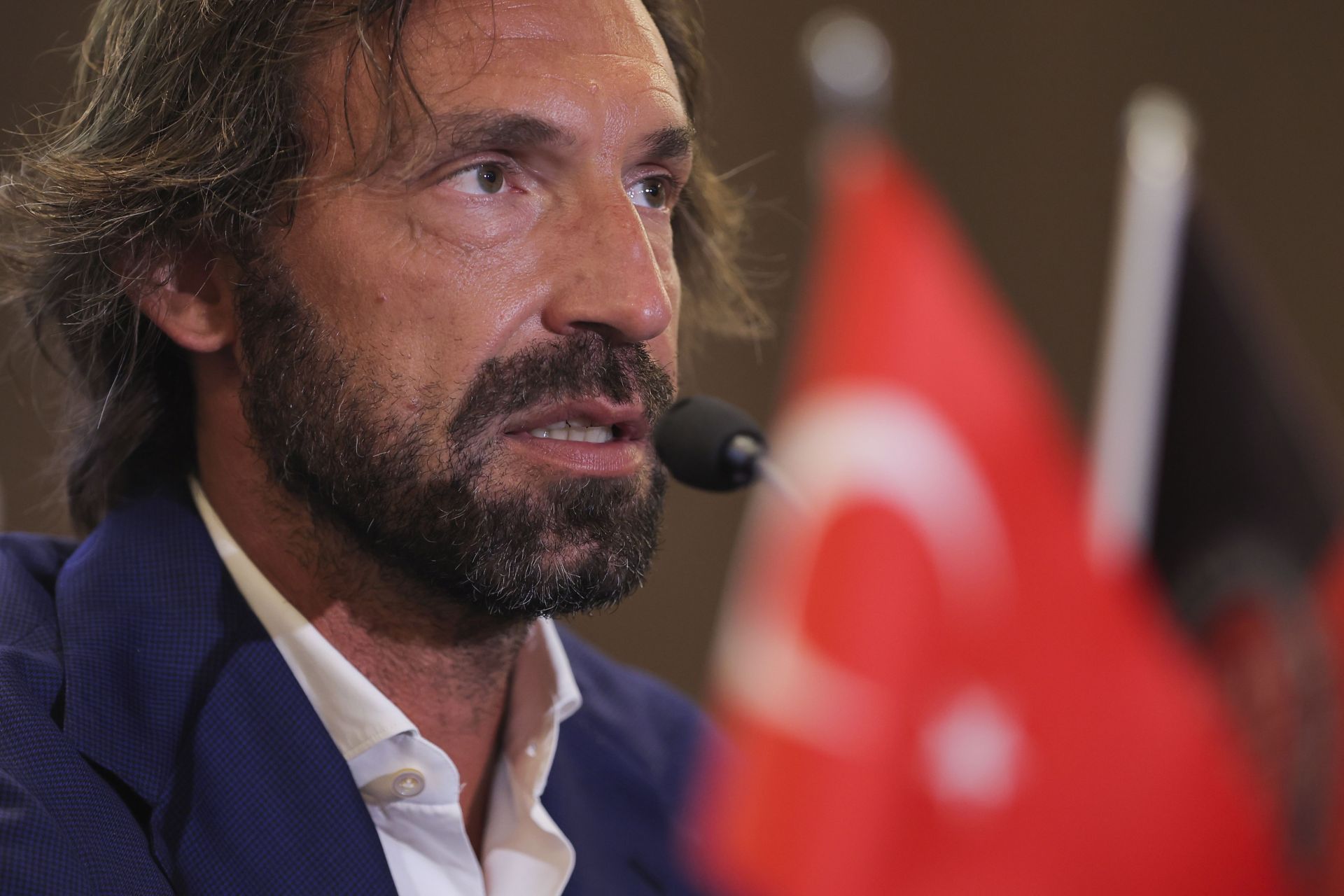
Unlike speed and space, long passing is not the most important ingredient in the dish of counterattacking football.
It's perfectly possible to mount a successful counterattack on the opposition goal with the use of quick short passes. Yet, why bother when one long ball over the top of defenders can do the trick? Who can forget the long-ball range of Xabi Alonso or Andrea Pirlo’s curlers landing on the foot of strikers?
It's important to highlight that long ball is not just a tool for counterattack but is also useful in set-piece situations, like free-kicks and corner kicks. However, in this article, I refer to long ball only as used during direct play and not in a dead-ball situation.
There's also a sort of nostalgia about long-ball counter that's simply too irresistible to deny. Performances like Jose Mourinho’s 3-1 win over Barcelona in the San Siro or Chelsea beating the Blaugrana in 2012 with a long ball over the top for Fernando Torres have become part of European footballing folklore.
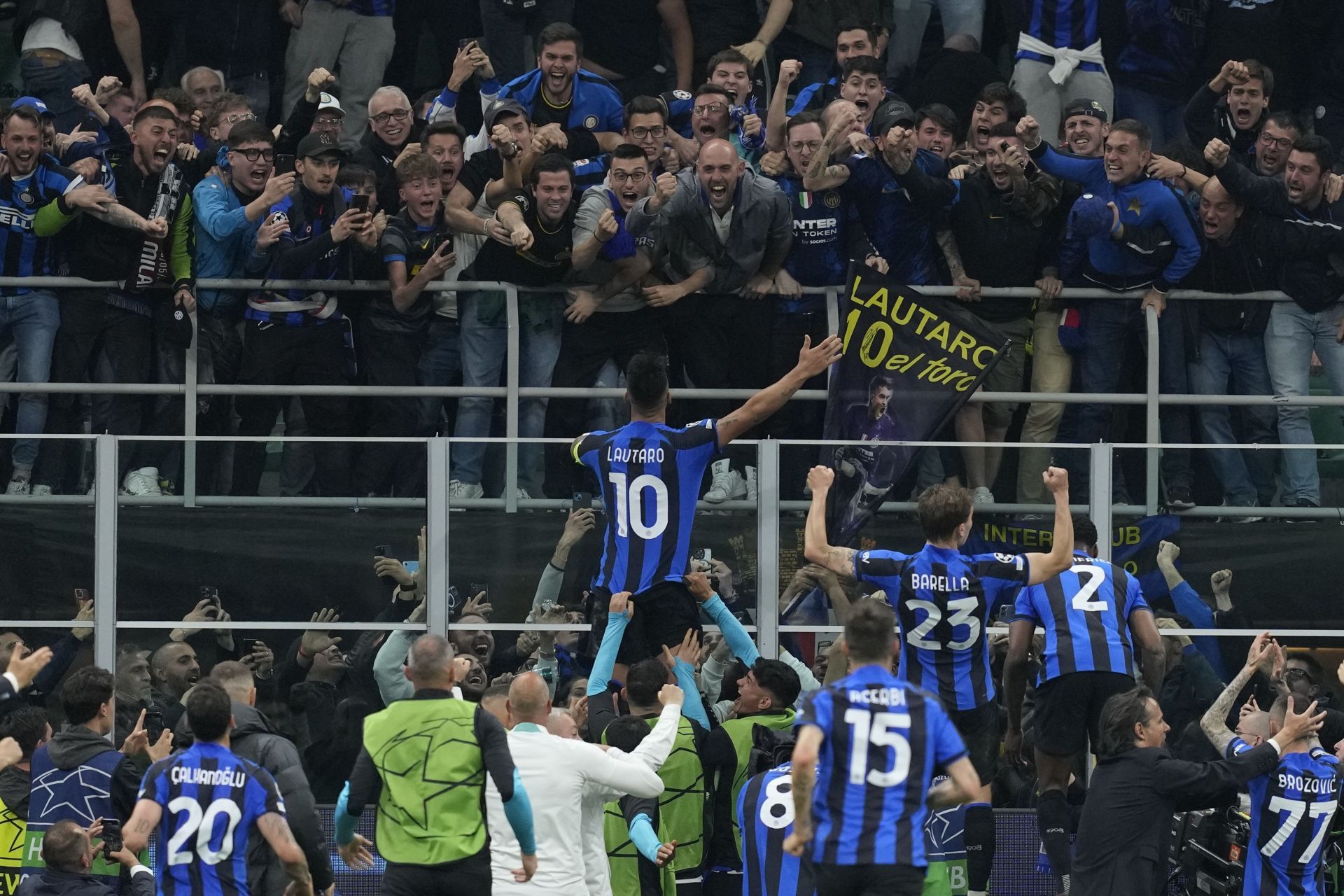
Perhaps only Jose Mourinho is responsible for reminding us of the efficacy and usefulness of the long ball, but one cannot deny the appeal it adds to counterattacking goals.
Go to any Youtube highlight video on the most beautiful counterattacking goals, and most of them will have the archetypal long-ball counter goals. They're also as beautiful to watch as a well-crafted tiki-taka goal.
Eventually, it all comes down to subjectivity and individual preferences.